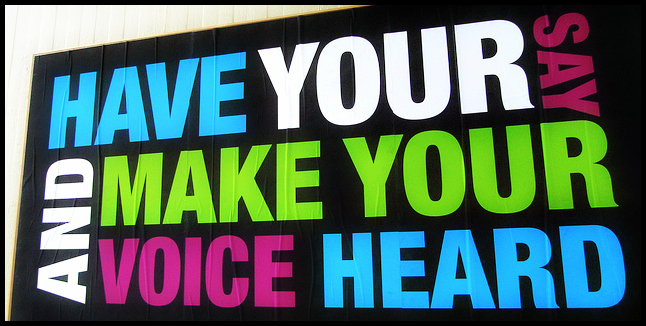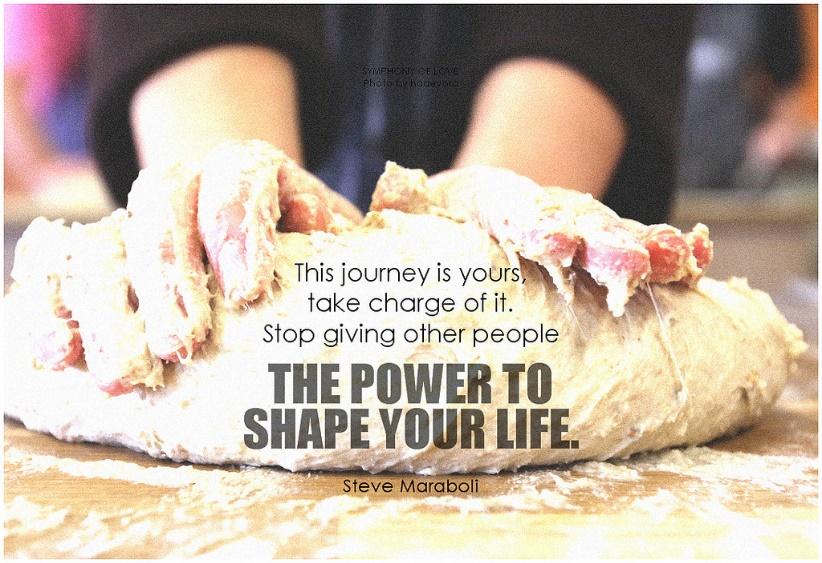Things to keep in mind – Videography
Videography requires a lengthy process which involves a lot more than just picking up a camera and recording. It’s important to make time for the creative and collaborative process. The more time you spend working through and agreeing upon an objective, the less time it will take you to reach your goal and have a successful outcome. Take more time during this process to fully develop a clear concept.
The first thing you will realize when it comes to the creative process, is that it involves an extraordinary amount of patience. The pre-production process is a slow process. You have to carefully plan out where you’re going to shoot, who or what you’re going to shoot, the lighting, the audio, and many other things. These all take time to plan out and you might want to move more hastily but you have to remember that, “good things take time”. It’s better to film your production with careful planning and have it be successful. As opposed to rushing it and having to go back and re-do things due to mess-ups or difficulties. It might be a slow process but try to enjoy it and just know that it will pay off when it’s all said and done!
Sometimes, your client or boss may not exactly know what they want. During these times, you will have to step up and take charge. Many of the decisions made during pre-production, film creation, and post-production will be influenced by your vision and voice. Don’t be afraid to speak up if you have an idea that you believe will better capture the image or deliver the message. However, you need to remember that you are trying to create their vision. So be respectful and try your best to guide them through your creative process so that you can work well together. It’s important to balance your process with what the client needs. Keep your goals in mind but also make sure that you reach your client’s goals as well.
Be confident! Get over your fear of being judged or being wrong. We all start being creative from a young age and often times, others tend to discourage us. You’ve experienced this during your time in school and even out of school. You won’t always be able to get everyone to like your idea or to agree with you. However, it’s important to be confident in yourself and your work. Confidence and a positive attitude can go a long way.
Just remember to work hard and have fun! You have the power to create a piece that not only meets your client’s needs, but that also satisfy yours.
Written by; Braulio Martin





















